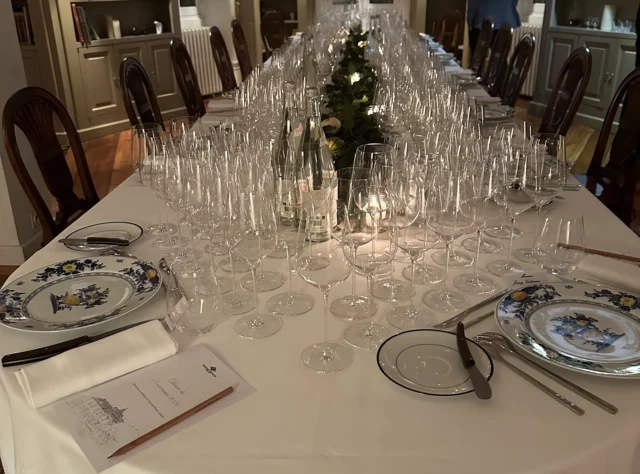1997 Vintage Overview
Updated Sep 2022

The weather
A warm and dry February and March made the growers fearful of a late frost, but happily very few vineyards were affected by the cold snap in mid-May. Instead, the vines surged ahead towards flowering, which took place at the end of the month and the start of June, seemingly in very good weather. It later turned out that the flowering was much more variable than was first thought.
During the rest of June and July the weather was comparatively cool and quite wet. August then brought a period of sustained hot weather, frequently humid but without much actual precipitation. The grapes began to turn colour, though the reds showed evidence of variable ripening. Storms at the end of the month and in the early part of September brought rain which was useful to begin with, then slightly worrying.
Fortunately, the skies cleared from September 6th and, apart from one poor day (the 12th) no more rain was seen for the rest of the month. It was much warmer than the previous year and the grapes had no problems in ripening, though there were worries that the acidity was dropping too quickly. In the end the grapes came in with excellent sugar levels, acceptable acidity and almost no rot at all. The white-wine crop was about average in size, the red smaller than expected and much less than in 1996.
First impressions
This was the third fine vintage in a row for the whites. White wines from the 1997 vintage tend to be fat, fleshy, and relatively low in acidity. In the Mâconnais and Côte d’Or they appeared the equals of 1996, albeit very different in style. In Chablis 1997 was a good vintage, but without quite the class of 1996.
The red wines were not as consistent as in 1996, but those growers who responded well to the challenges of the vintage made some glorious wines. The heat during the harvest meant that grapes arrived in the cellars distinctly warm. Those ill- equipped to cool the grapes down found that fermentation got under way almost immediately. Some of these wines, though fruity, seemed rather shallow. However, those who could cool the grapes down and who were therefore able to do the usual cool pre-fermentation maceration made wines of really impressive colour, fruit and depth. These could count among the best of the decade.
The négociants leapt into the fray early in the campaign, offering huge increases over the previous year’s very reasonable prices. This trend continued with a massive 46 per cent rise at the Hospices de Beaune auction in November.
The wines in bottle
The whites did everything expected of them, delivering some delicious bottles in a full-bodied style, but in most cases they should be drunk up by now. The reds have been enjoyable too, but early suspicions that they would not prove to have real depth, or to display many layers of flavour as they reached maturity, have proved correct.





